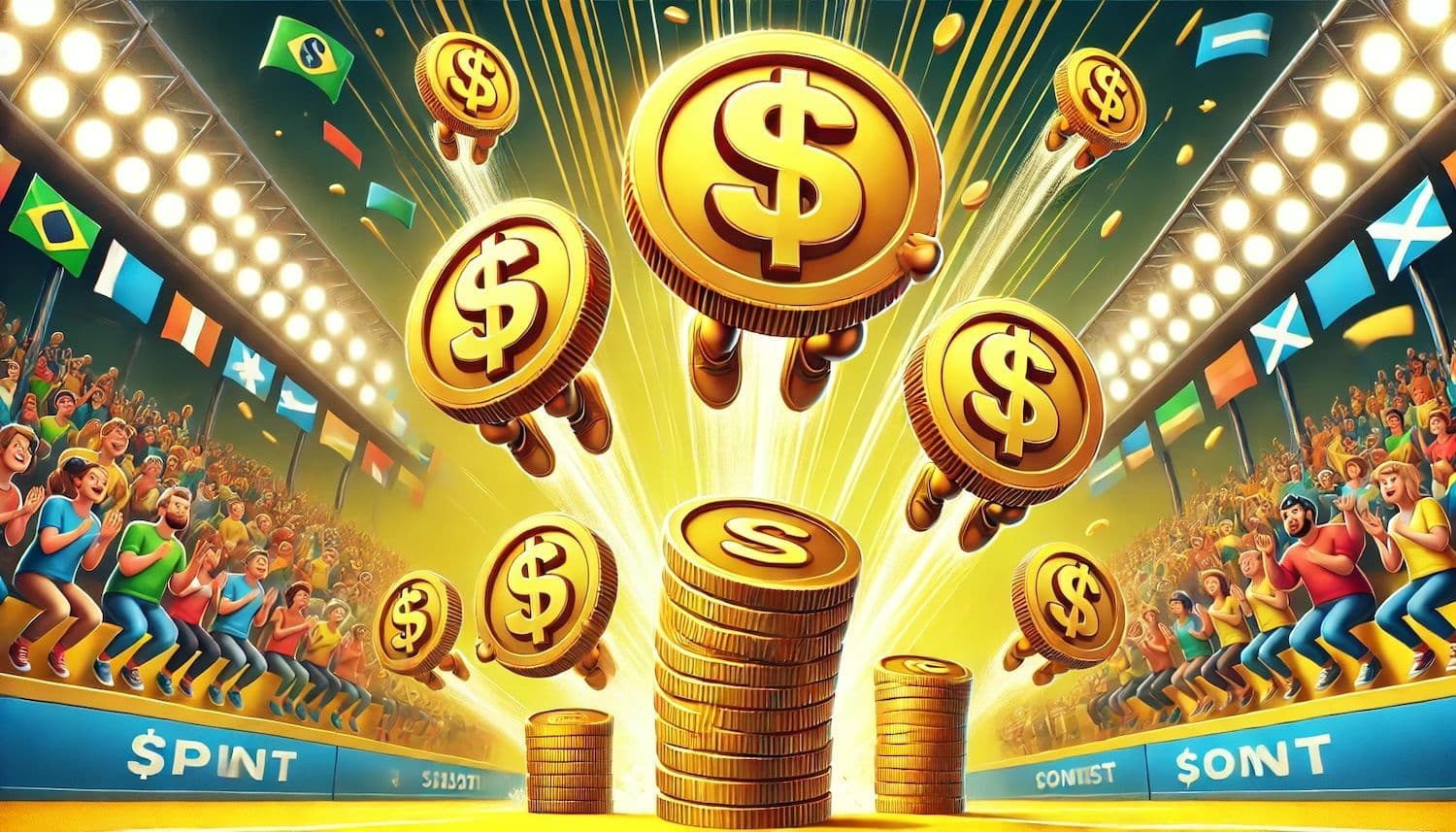There were a lot of interesting events around meme coins this week, as always, though. Let's take a look at how the top ten behaved.
Dogecoin remains the poster child of meme coins, but this week, it faced a slight dip and then went up, seeing a rather significant %16,8 increase. Dogecoin still maintains strong support from its community and continuous mentions in popular culture. The momentarily dip was attributed to profit-taking by short-term holders, but long-term sentiment remains bullish.
Shiba Inu has had a volatile week. The coin initially surged by 5% following a new partnership announcement with a major e-commerce platform. However, the excitement was short-lived as concerns over a whale wallet moving a significant amount of SHIB caused a 6% drop. This movement indicates cautious optimism among traders, balancing between new developments and large holdings' influence. But finally the token gained some optimism and went up for a solid 7,2%.
Pepe has been riding a wave of social media hype. The coin saw a 12% increase after a series of viral memes. Then another increase, and another one, adding up to a significant %37,2 overall increase. However, analysts warn that such pumps are often followed by sharp corrections, advising caution for those looking to jump on the hype train.
Dogwifhat remains a more niche player but had an interesting week with a 57% rise. This was largely driven by the launch of a new community-driven initiative aimed at promoting the coin through creative projects. The initiative has attracted a new wave of interest, especially among younger, meme-savvy investors.
Bonk experienced a rollercoaster week. The coin initially dropped by 3% due to a technical glitch in their new staking platform, causing panic among holders. However, once the issue was resolved, Bonk rebounded strongly, closing the week with a 39,9% net gain. This recovery highlights the community's resilience and the coin’s potential for quick rebounds. Although, of course, the initial drop underlines the risks associated with technical issues, and meme coins seem to be more prone to that than many other well established crypto assets.
Floki had a mixed week. The coin saw a 6% increase following a successful marketing campaign that included a series of eye-catching billboards in major cities. Finally we saw a solid %34,8 increase.
Brett continues to show promise with a steady 20,5% increase. This growth was driven by the announcement of a new gaming partnership that integrates Brett tokens as in-game currency. But the week was a roller coaster for the meme token, at some point there was a 33% rise followed by a 17% dip.
Mog Coin saw a significant 40,3% rise, primarily driven by increased social media activity and a new meme contest that went viral. As we see now, Mog Coin build a dedicated community, although its market cap and trading volumes are still relatively small compared to its peers.
Book of Meme had a quieter week, but the rise was substantial - a solid 26,4%. The coin’s performance was bolstered by the release of a new whitepaper outlining future plans for decentralized finance (DeFi) integrations.
Dog (Runes) hand a bad week. There is an overall 7 day dip for 2,1%. Investors seem cautiously optimistic, but nothing points out to a radical surge in the near future.

